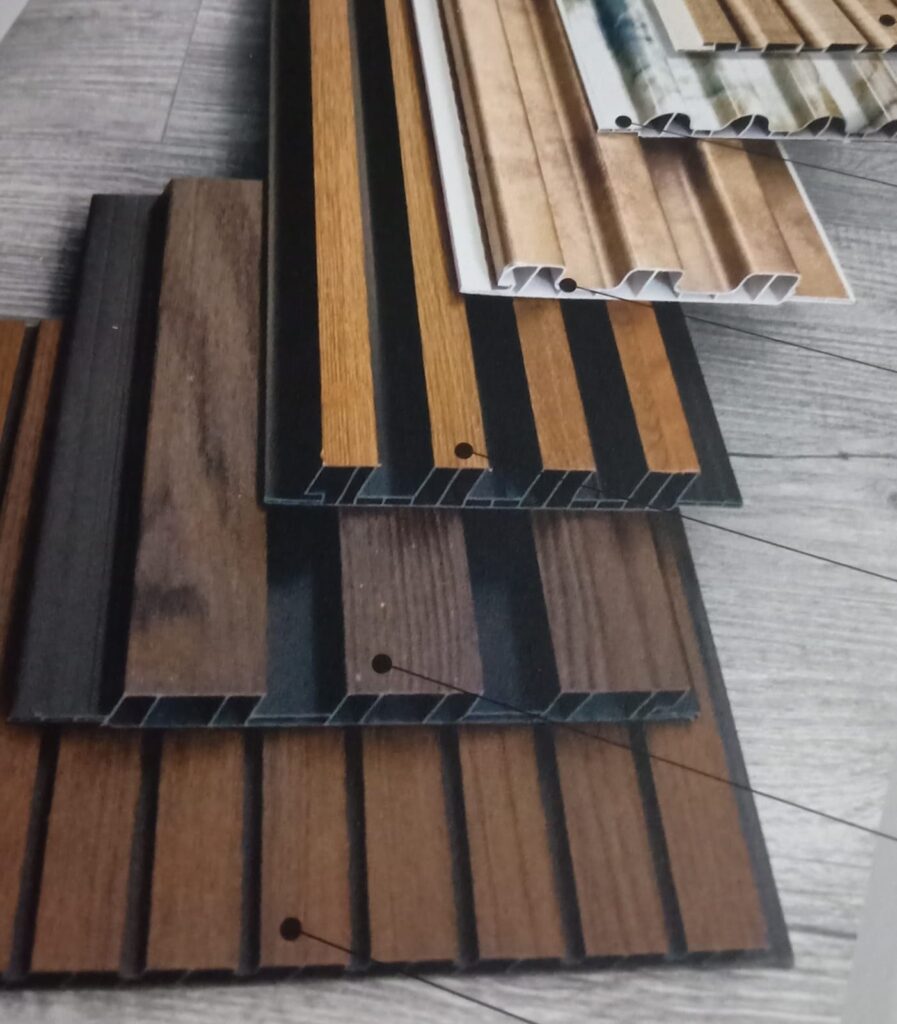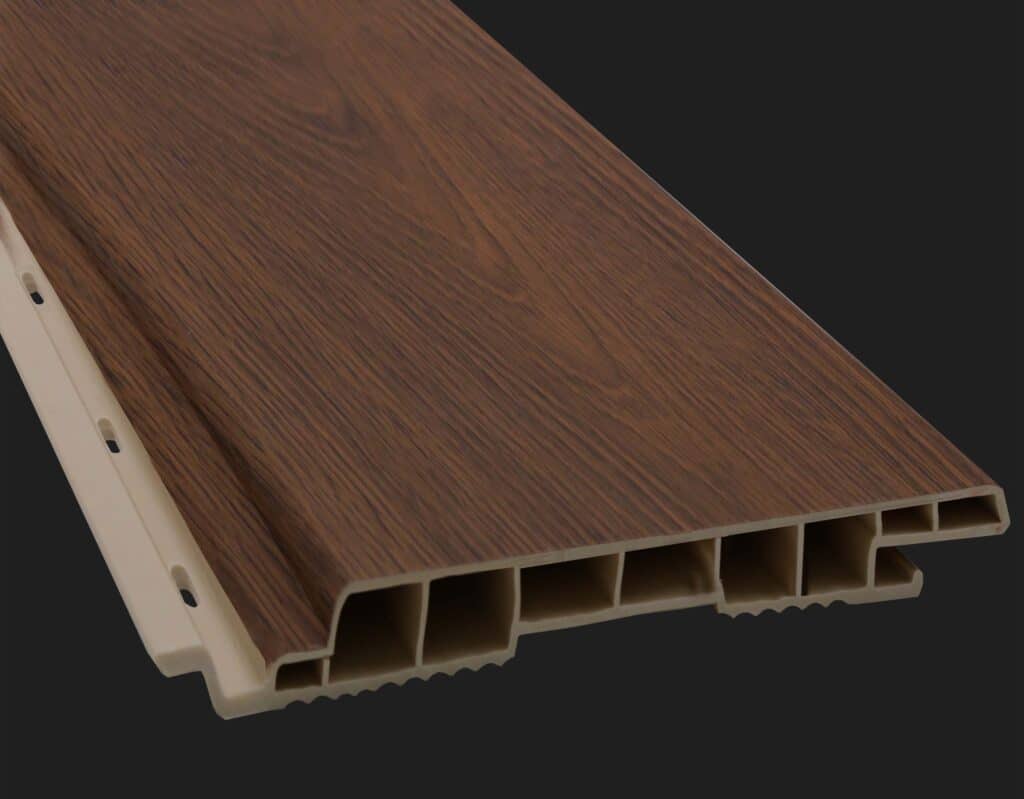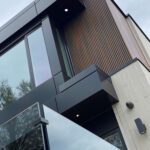Navigating Fluted Panels: Unearthing Their Advantages and Disadvantages
Fluted panels, with their timeless charm and versatility, have been a favorite in design and architecture for centuries. However, like any design element, they come with their own set of pros and cons that designers and architects must consider. In this exploration, we’ll journey through the world of fluted panels, shedding light on both their advantages and limitations.
The Pros of Fluted Panels

1. Timeless Aesthetics
Fluted panels exude an air of sophistication and elegance that transcends design trends. Their classic grooved patterns can complement various architectural styles, from classical to modern.
2. Versatile Applications
From interior walls to exterior facades, fluted panels offer a versatile canvas for designers. They can be customized to suit various spaces, making them a valuable tool for architects.
3. Texture and Depth
The ridges and grooves of fluted panels create texture and depth, adding visual interest and dimension to surfaces. They can make spaces feel more dynamic and engaging.
4. Acoustic Benefits
Fluted panels can enhance the acoustic quality of a space by absorbing, diffusing, and controlling sound waves. This makes them suitable for applications in theaters, auditoriums, and restaurants.
5. Durable Materials
Depending on the material chosen, fluted panels can be highly durable. Modern materials like aluminum and composite materials offer excellent longevity and resistance to environmental factors.
The Cons of Fluted Panels

1. Cost
High-quality fluted panels and their installation can be expensive, making them a less budget-friendly option for some projects.
2. Maintenance
Wooden fluted panels, in particular, may require regular maintenance to prevent rot and decay. Even non-wood materials may need occasional cleaning and upkeep.
3. Weight
Some materials, such as stone or concrete, can be quite heavy, necessitating robust structural support. This added weight can impact construction costs.
4. Limited Insulation
Fluted panels, especially those with significant grooves, may have limited insulation properties. This can affect a space’s thermal performance and energy efficiency.
5. Design Complexity
Achieving a flawless, harmonious design with fluted panels can be challenging. Precise alignment and craftsmanship are essential to avoid visual inconsistencies.
Weighing the Balance
In the world of design, every choice comes with trade-offs, and fluted panels are no exception. Understanding the pros and cons allows architects and designers to make informed decisions when incorporating these panels into their projects.
The key lies in careful planning and consideration of the project’s specific needs. For those seeking a timeless, elegant, and versatile design element, fluted panels can be a valuable addition. However, for those working with budget constraints or aiming for maximum energy efficiency, alternative options may be more suitable.
Fluted panels are architectural and interior design elements characterized by grooves or ridges. They are commonly used in applications such as wall coverings, columns, facades, and room dividers.
Fluted panels offer timeless aesthetics, versatile applications, texture and depth, acoustic benefits, and durability when chosen in appropriate materials.
Fluted panels can absorb, diffuse, and control sound waves, making them valuable for acoustic control in spaces like theaters, auditoriums, and restaurants.
Materials like wood, stone, metal (such as aluminum), glass, and composite materials can be used for fluted panels. Material choice impacts factors like durability, weight, and insulation properties.
Fluted panels can be costly, require maintenance (especially wood), add weight to structures, may have limited insulation properties, and can be challenging to align perfectly in complex designs.
Yes, there are alternative design elements and materials that can achieve a similar visual effect to fluted panels without the associated cost.
Architects and engineers plan for the additional weight of fluted panels and ensure that appropriate structural support is in place to safely accommodate them.
While some materials may offer limited insulation, fluted panels are not typically chosen for their thermal properties. Additional insulation may be necessary for energy-efficient designs.
Fluted panels have been used in various iconic projects, such as theaters, museums, and historic building restorations. These examples showcase their versatility and aesthetic appeal.
Achieving a harmonious design with fluted panels requires precise alignment and craftsmanship. Designers carefully consider the specific needs and goals of each project to make informed choices.
The longevity of fluted panels depends on the choice of materials and maintenance practices. Regular cleaning and, in some cases, sealing or finishing are important for their upkeep.
Ultimately, fluted panels are a testament to the intricate dance of form and function in design. Their ability to enchant spaces with their timeless beauty and dynamic texture is matched only by the thoughtful consideration required to harness their full potential.








